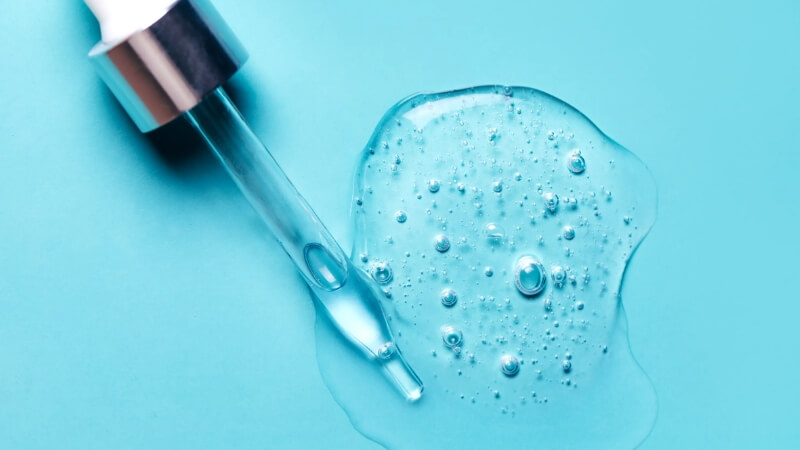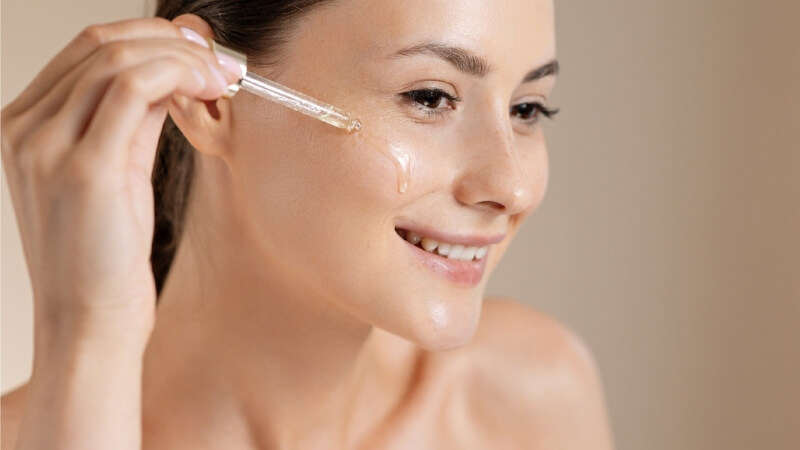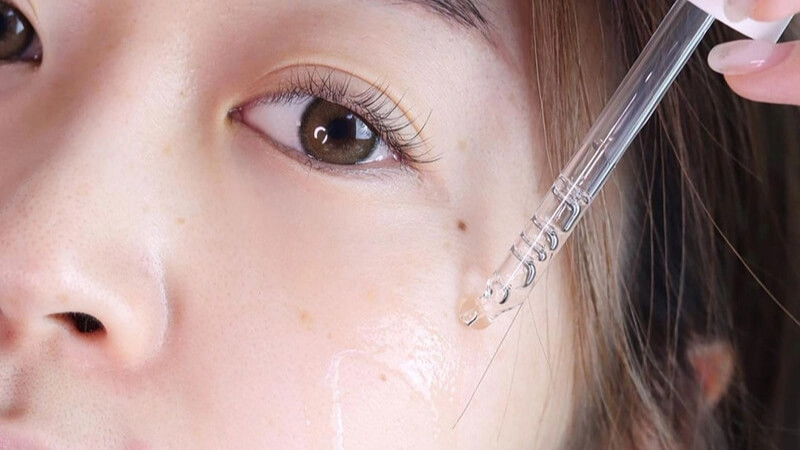Have you ever heard of Sodium Hyaluronate? If you’re a skincare enthusiast, this ingredient will be familiar to you. The following article will decode and detail the benefits of this wonder ingredient for your skin.
1 What is Sodium Hyaluronate?
 What is Sodium Hyaluronate?
What is Sodium Hyaluronate?
Sodium Hyaluronate is a water-soluble salt derived from hyaluronic acid. It is an excellent moisturizing agent and can be found naturally in the body. This ingredient also has superior penetration and stability in cosmetic formulations.
2 The Effects of Sodium Hyaluronate on the Skin
- Combats Dry Skin: Sodium Hyaluronate effectively hydrates by attracting moisture from the air and locking it into the skin, preventing flaking.
- Anti-Aging Properties: As hyaluronic acid and moisture deplete with age, Sodium Hyaluronate serves as a logical replacement, ensuring the skin remains supple and moisturized.
 The Effects of Sodium Hyaluronate on the Skin
The Effects of Sodium Hyaluronate on the Skin
- Improves Acne-Prone Skin: Its lightweight, non-greasy formula ensures it doesn’t clog pores, making it ideal for addressing dryness caused by acne treatments, harsh cleansers, etc.
- Promotes Skin Healing: Sodium Hyaluronate repairs the moisture barrier, aiding in post-procedure recovery, such as laser treatments or microneedling.
3 Sodium Hyaluronate Dosage
 Sodium Hyaluronate Dosage
Sodium Hyaluronate Dosage
When using moisturizers or cosmetics containing Sodium Hyaluronate, remember that the optimal concentration for all skin types is 2%. Additionally, it is recommended to use products with this ingredient no more than twice a day.
4 How to Use Sodium Hyaluronate
Choose reputable brands for effective and safe skincare. Sodium Hyaluronate comes in various forms, each with its own application method:
Injections: In a clinical setting, Sodium Hyaluronate is administered by healthcare professionals to treat osteoarthritis and knee pain.
Eye Drops: For dry eyes, use one to two drops per eye of eye drops containing Sodium Hyaluronate.
 How to Use Sodium Hyaluronate
How to Use Sodium Hyaluronate
Serums: Apply the serum evenly to your face before using a toner or face mask and after cleansing while your skin is still damp.
Cleansing Lotions: Wet your face, apply the cleansing lotion containing Sodium Hyaluronate, and rinse. This effectively removes makeup, dirt, and excess oil.
Regardless of the form, use products with Sodium Hyaluronate no more than once or twice daily. Additionally, follow up with a moisturizer to lock in hydration.
5 Side Effects of Sodium Hyaluronate
 Side Effects of Sodium Hyaluronate
Side Effects of Sodium Hyaluronate
There are no known specific side effects of Sodium Hyaluronate. However, it is always advisable to patch test new products before applying them to your entire face. The effectiveness of Sodium Hyaluronate may be limited if you are in a very dry environment, as the moisture it binds to may be lacking.
6 Sodium Hyaluronate vs. Hyaluronic Acid: What’s the Difference?
Sodium Hyaluronate and Hyaluronic Acid often appear together in cosmetic ingredient lists. While they are distinct, their functions are similar. So, what sets these two ingredients apart?
The main difference lies in their penetration and stability. Sodium Hyaluronate, being a salt form of hyaluronic acid, is more stable and has a smaller molecular size. This allows it to absorb and function deeper within the skin. However, neither ingredient is inherently better, as their effectiveness depends on the formulation of the skincare product you’re using.
 Sodium Hyaluronate vs. Hyaluronic Acid: What’s the Difference?
Sodium Hyaluronate vs. Hyaluronic Acid: What’s the Difference?
7 Precautions When Using Sodium Hyaluronate
 Precautions When Using Sodium Hyaluronate
Precautions When Using Sodium Hyaluronate
- Sodium Hyaluronate is safe for pregnant and breastfeeding women.
- Always perform a patch test before applying to your entire face.
- This ingredient may cause post-surgical inflammation, corneal edema, or intraocular pressure spikes with short-term use during ophthalmic procedures.
- Avoid using in very dry environments, as the lack of moisture in the air will hinder its effectiveness.
- If skin irritation or redness occurs, discontinue use immediately.
This article has provided an overview of Sodium Hyaluronate and its benefits for your skin and overall health. Always consult a pharmacist or doctor before using products containing this ingredient.







































